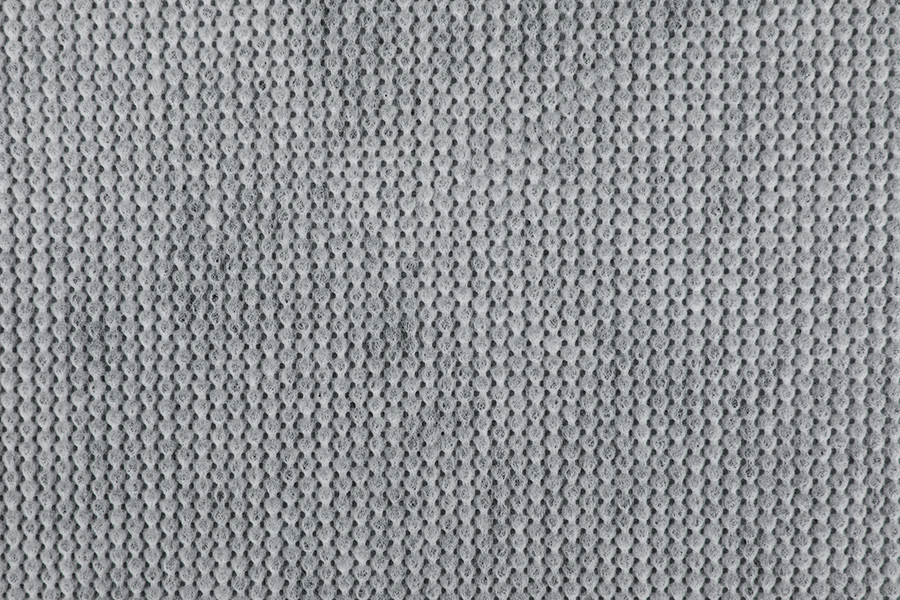Optimizing the fiber structure of
embossed nonwoven fabric can have significant effects on various properties, influencing its performance, functionality, and overall suitability for specific applications. Here are key effects that optimizing fiber structure can have on embossed nonwoven fabric:
Improved Absorbency:
Optimizing fiber structure can enhance the absorbency of the nonwoven fabric. Selecting fibers with a structure that promotes capillary action and efficient liquid absorption contributes to the fabric's ability to quickly take in and retain liquids.
Increased Surface Area:
A well-optimized fiber structure can result in increased surface area. This is particularly beneficial for enhancing absorbency, as more surface area allows for greater interaction with liquids, facilitating faster absorption.
Enhanced Wicking Properties:
Wicking refers to the ability of a fabric to draw moisture across its surface. Optimizing fiber structure can improve wicking properties, enabling liquids to spread and be absorbed more effectively throughout the fabric.
Reduced Density and Weight:
Depending on the optimization strategy, it is possible to achieve improved absorbency without significantly increasing the density or weight of the nonwoven fabric. This is particularly important for applications where lightweight and breathable materials are desirable.
Softness and Comfort:
Fiber structure influences the tactile properties of the fabric. By optimizing the fiber structure, it is possible to create a softer and more comfortable nonwoven fabric. This is crucial for applications involving direct contact with the skin, such as in hygiene products.
Strength and Durability:
Careful consideration of fiber structure can balance absorbency with strength and durability. The optimized structure should provide the necessary strength to withstand handling, use, and potential stress while maintaining its absorbent properties.
Controlled Pore Size Distribution:
The structure of the fibers contributes to the formation of pores within the fabric. Optimizing fiber structure allows for the control of pore size distribution, influencing how liquids are absorbed and distributed within the fabric.
Customized Functionalities:
Tailoring the fiber structure allows for customization of functionalities based on specific requirements. For instance, optimizing the structure can be done to meet the needs of applications where rapid absorption, moisture management, or liquid retention are critical.
Compatibility with Embossing Patterns:
The fiber structure should complement the chosen embossing patterns. A well-coordinated fiber structure and embossing design can synergistically enhance the overall properties of the nonwoven fabric, creating a cohesive and effective material.
Uniformity in Manufacturing:
Optimizing fiber structure contributes to the uniformity of the nonwoven fabric during the manufacturing process. Consistency in fiber structure across the fabric ensures predictable and reliable performance.
Application-Specific Performance:
By fine-tuning the fiber structure, manufacturers can create embossed nonwoven fabrics with application-specific performance characteristics. This is important for meeting the diverse requirements of industries such as healthcare, hygiene, and cleaning.
Facilitation of Manufacturing Processes:
An optimized fiber structure can facilitate manufacturing processes, including embossing. It ensures that the fabric maintains its integrity during embossing, and the resulting patterns align with the intended design.
Environmental Considerations:
Consideration of fiber structure extends to environmental aspects. Selecting fibers with eco-friendly structures or optimizing structures for recyclability can align the nonwoven fabric with sustainable practices.
